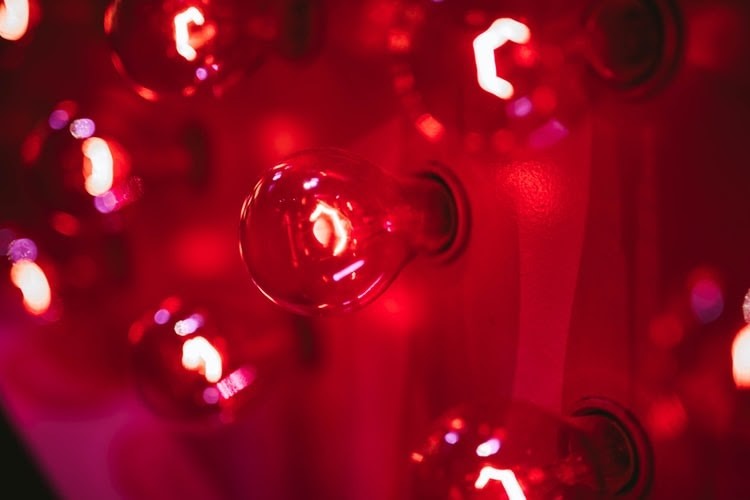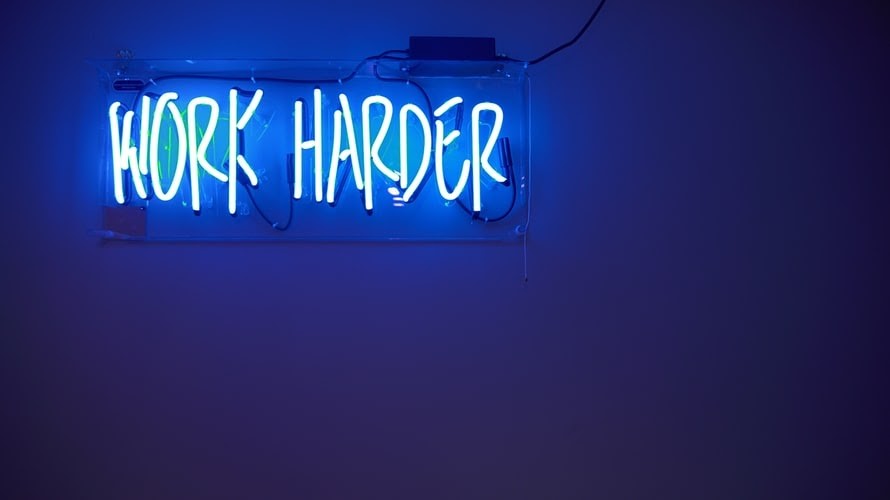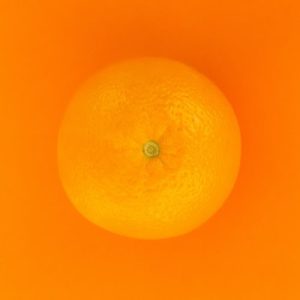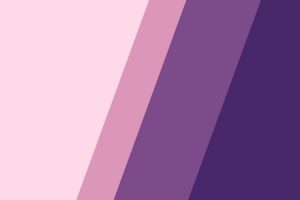Web Design: The Colour Psychology for Your Business
Colours instantly relay an impact to the visual views of the audience. It extends a feeling, a thought, an impression and sometimes a judgment. Colours contribute to the brand image of the business. It also helps attract the right target market.
Colours are used not only for aesthetic but rather, it is utilised to project a sense of character to a place, a thing, or a brand. Every colour pertains a certain psychological impact on people. Set for example the colour red. Red projects a sense of urgency and sometimes can be seen as a sign of danger or mistake. Fast-food chains often use red to impose that it is a fast-paced environment. People come to eat and leave. It is not a place for dinner engagements that require hours of chatting and drinking wine. Thus, red is a common colour used to project the need for making an outright decision quickly.
Your online profile must project the image of your brand. It has to be cohesive to your products, marketing scheme, target market and brand image. The design of your website must be carefully curated to instantly impact and indulge interest to your target consumers. Hence, colours need to represent your brand adequately.
The Importance of Colour Psychology
Colour psychology is an important tool in effectively magnetising your target market. A large percentage of consumers get influenced by colours in making a purchase decision. The first thing the people look at when deciding on buying the product is the appearance. It has to appeal to them in such a way that will drive them to consider buying. The second thing consumers consider is texture. Consumers will touch the product and see whether it has a smooth, a rough, or even a comforting surface. The last thing they will check is either the smell of the sound of the product. Thus, within the 90 seconds of observing the product, subconscious judgment from the viewer will happen and the colour is one of the major aspects that will leverage your brand image and recognition.
Colour increases the chance of the brand to be distinctly recognised. The colour you choose for your brand will have a lasting impact on your market. It will help your brand build a unique image to your target market.
Colours in Web Design
Colour can significantly improve comprehension, learning, and readability. Strategically combining multiple colours and placing them accordingly will help in designing a clear visual impact to your audience.
Colours will project the intended brand image. Identifying the best colour to represent your brand will aid in effectively reaching your potential buyers. Thus, it is best not just to pick a random colour from the colour wheel, rather, it’s ideal to research the psychological value it represents.
Primary Colours and Their Meaning
RED

Red is a tenacious colour that arouses strong emotions, increases appetite, elevates passion and intensity, and also a symbol of love.
Red in marketing is an effective aspect creating a sense of urgency that effectively works to impulsive shoppers. Red is also utilised by restaurants to increase appetite and intensify emotions. Red is an ideal colour if you want to project an urgent call for action. One of the nice examples of website in this colours is website of australian company Prompt Glass.
YELLOW

Yellow is a mellow hue that delivers warmth and cheerfulness. It also helps stimulate mental processes and vitalise the nervous system. Additionally, yellow is also one factor that encourages communication in certain situations. On the other hand, too much yellow can cause eye strains and fatigue.
Yellow in marketing is a good representation of youthfulness and optimism. It can also aid in grabbing attention to passersby. Moreover, yellow adds up to the clarity of the message the brand wants to share to its target audience.
BLUE

Blue is often associated with peace and calmness. It is also the preferred colour of the male market. However, blue is not an ideal colour to represent food. It slows down the appetite substantially. Blue also plays a role in the human perspective of life on Earth. The sky and the ocean are concrete examples of such perception.
Blue in business is an effective colour in increasing productivity due to its non-invasive quality. It is also used by brands that want to establish credibility and trust. Blue brings a sense of security to the eye, hence, blue is optimised to create a reputable brand image.
Secondary Colours and Their Meaning
ORANGE

Orange is a cheerful colour that also evokes excitement and warmth. Orange could sometimes present a warning or caution effectively.
Orange in marketing is useful for a call to action buttons since it signifies aggression at a certain level. Additionally, orange also flaunts a cheerful, friendly, and confidence. It is an ideal colour for brands that offers happiness to its target market.
GREEN
Green presents tranquillity and health. It also symbolises money and new growth. Green is also an effective colour for an office space. It creates a sense of serenity and clarity.
Green in marketing is effective for projecting calmness in the environment. It is also a good representation of money. Thus, many banks choose green in their logos.
PURPLE

Purple is a symbol of royalty. Thus, it shows off wealth, success, and wisdom.
Purple in marketing projects creativity and beauty. It is used to persuade beauty product consumers. Purple also helps evoke calmness and soothe moods.
Colours are vital in designing a website. It is the first thing that catches the eye of the audience. Colours must be strategically chosen to effectively represent your brand.





